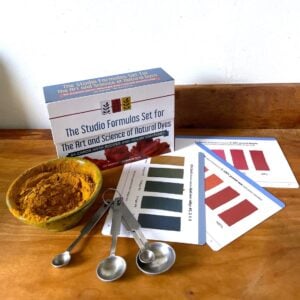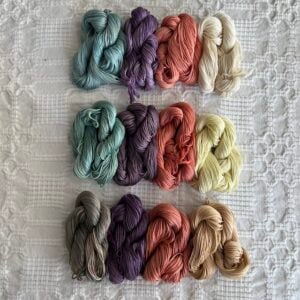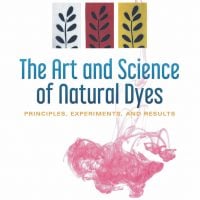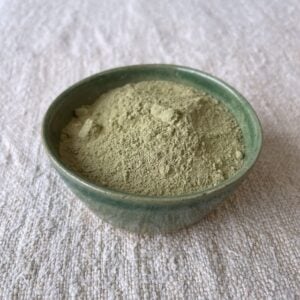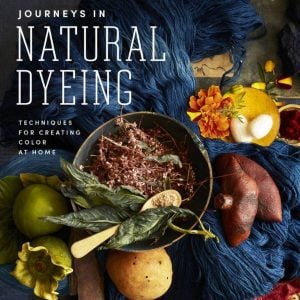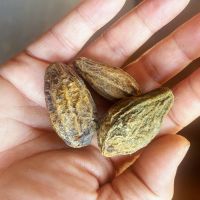Java Handspun Cotton Scarf
Java handspun cotton scarf is a lightweight handspun, handwoven traditional textile from Tuban, East Java, Indonesia. These beautiful scarves are from our friends at Threads of Life, in Ubud, Bali. Created from locally grown cotton and woven on a backstrap loom, this elegant and simple scarf is perfect for gifting or as a base for natural dyes. It takes natural colors and indigo beautifully and is perfect for a casual evening or beach wrap. We scoured the scarf to remove starch and wax and it is now ready for an indigo or mordant bath. The scarf has twisted fringes and … Read more


